Fecilities
Available Facilities

CT Scan 16 Slice
A 16-slice CT scan refers to a type of computed tomography (CT) scanner that has 16 detector rows. The number of detector rows determines how many image slices can be acquired simultaneously during a single rotation of the CT scanner.

MRI

Dialysis
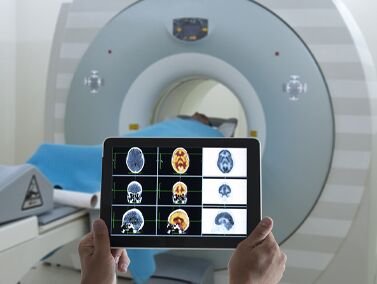
PET Scan
A PET scan, which stands for Positron Emission Tomography, is a type of medical imaging test that provides detailed information about the functioning of cells and tissues in the body. It is often used in conjunction with CT or MRI scans to provide a comprehensive assessment.
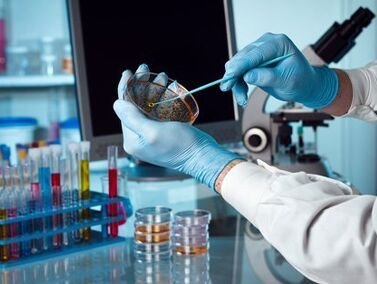
Complete 24 Hour Lab
A 24-hour lab, also known as a 24-hour laboratory or round-the-clock lab, typically refers to a medical laboratory that operates continuously throughout the day and night, providing laboratory testing services around the clock.

Arterial Blood Gas Analyzer
An arterial blood gas (ABG) analyzer is a medical device used to measure and analyze the levels of various gases and other parameters in a sample of arterial blood. It provides critical information about a patient’s acid-base balance, oxygenation, and ventilation status.
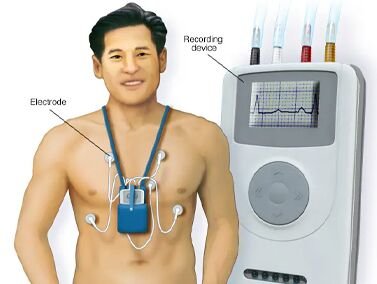
Holter
A Holter monitor is a portable medical device used for the continuous monitoring of a person’s heart activity over an extended period, typically 24 to 48 hours. It is commonly used to detect and analyze abnormal heart rhythms, known as arrhythmias, that may not be captured during a short-term electrocardiogram (ECG) test.
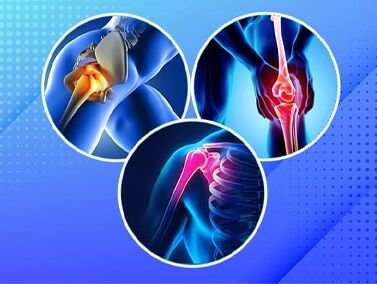
Joint Replacement Surgery
Joint replacement surgery, also known as arthroplasty, is a surgical procedure that involves removing damaged or diseased parts of a joint and replacing them with artificial implants. The goal of joint replacement surgery is to reduce pain, improve joint function, and enhance the individual’s quality of life.

TMT
TMT stands for Treadmill Stress Test, also known as Exercise Tolerance Test (ETT) or Exercise Stress Test. It is a cardiovascular diagnostic test that evaluates the heart’s response to physical exertion and helps assess the presence of coronary artery disease (CAD) or other heart-related conditions
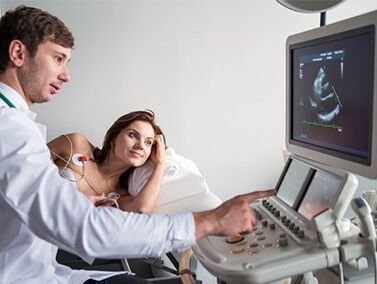
Echocardiography
Echocardiography, often referred to as an echo, is a non-invasive medical imaging technique that uses sound waves to produce detailed images of the heart’s structure and function. It provides valuable information about the heart’s chambers, valves, and blood flow, helping to diagnose and monitor various cardiovascular conditions.

PFT
Pulmonary Function Test (PFT) is a diagnostic procedure that measures how well your lungs are functioning. It assesses various aspects of lung function, such as lung capacity, airflow, and gas exchange. PFTs are commonly performed to diagnose and monitor lung diseases, evaluate lung function before surgery, assess response to treatment, or determine eligibility for certain therapies.

Modular OT
A modular operating theater (OT) refers to a surgical suite or operating room that is constructed using modular components. These components are prefabricated off-site and then assembled on-site to create a fully functional operating room environment.

Ultrasound
Ultrasound, also known as ultrasonography, is a medical imaging technique that uses high-frequency sound waves to produce real-time images of the body’s internal structures. It is a non-invasive and safe imaging method that provides valuable diagnostic information.

Laparoscopic Surgery
Laparoscopic surgery, also known as minimally invasive surgery or keyhole surgery, is a surgical technique that involves making small incisions in the abdomen to access and operate on internal organs. It utilizes a specialized instrument called a laparoscope, which is a long, thin tube with a camera and light source attached to it.
